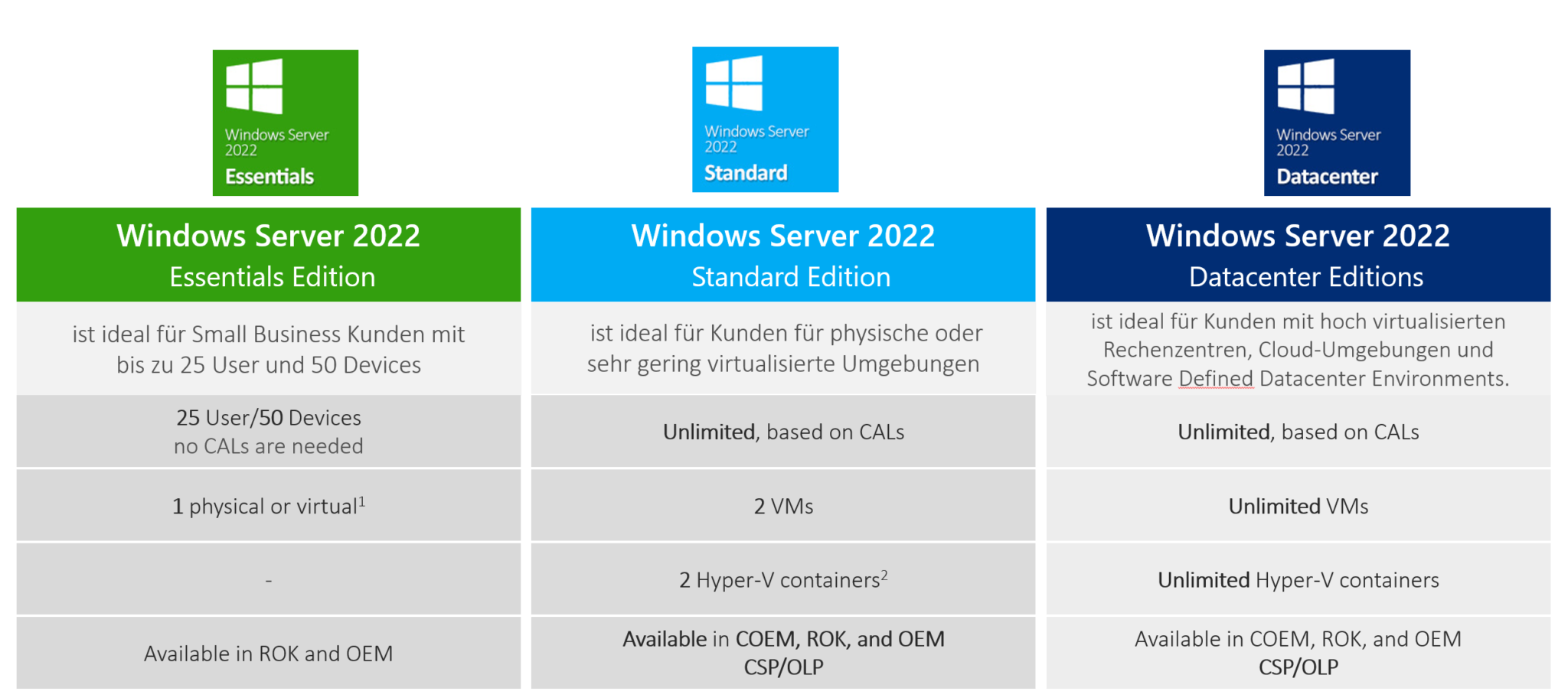Understanding The Evolution Of File Sharing: Exploring Windows Server 2022’s SMBv1 Legacy
Understanding the Evolution of File Sharing: Exploring Home windows Server 2022’s SMBv1 Legacy
Associated Articles: Understanding the Evolution of File Sharing: Exploring Home windows Server 2022’s SMBv1 Legacy
Introduction
With nice pleasure, we’ll discover the intriguing matter associated to Understanding the Evolution of File Sharing: Exploring Home windows Server 2022’s SMBv1 Legacy. Let’s weave attention-grabbing info and provide contemporary views to the readers.
Desk of Content material
Understanding the Evolution of File Sharing: Exploring Home windows Server 2022’s SMBv1 Legacy

The realm of community file sharing has undergone important evolution, with the Server Message Block (SMB) protocol taking part in a pivotal position. This protocol permits seamless file sharing throughout networks, facilitating collaboration and information entry between computer systems and gadgets. Whereas SMB has undergone quite a few revisions, every addressing safety enhancements and efficiency enhancements, the legacy of SMBv1 continues to be a subject of debate and concern.
A Historic Perspective: The Rise and Fall of SMBv1
Launched in 1992 with Home windows NT 3.1, SMBv1 was a groundbreaking protocol that revolutionized file sharing. Its simplicity and vast compatibility made it a preferred alternative for sharing information between Home windows machines. Nonetheless, as expertise progressed, the safety vulnerabilities inherent in SMBv1 turned more and more obvious.
Safety Issues: The Achilles Heel of SMBv1
SMBv1 lacked sturdy authentication mechanisms, making it prone to varied assaults. These vulnerabilities included:
- Weak Authentication: SMBv1 relied on older authentication strategies like NTLM, that are recognized to be simply compromised.
- Lack of Encryption: Knowledge transmitted over SMBv1 was despatched in plain textual content, leaving it uncovered to eavesdropping and information interception.
- Distant Code Execution: Exploiting vulnerabilities in SMBv1 might permit attackers to achieve management of a susceptible machine.
The Shift In direction of Enhanced Safety: The Introduction of SMBv2 and SMBv3
Recognizing the safety dangers posed by SMBv1, Microsoft launched SMBv2 and SMBv3 with important safety enhancements:
- Stronger Authentication: SMBv2 and SMBv3 integrated Kerberos authentication, a extra sturdy and safe mechanism.
- Knowledge Encryption: SMBv2 and SMBv3 launched information encryption, guaranteeing that information transmitted over the community stays confidential.
- Enhanced Safety Options: These newer variations integrated options like digital signatures and entry management lists, additional bolstering safety.
Home windows Server 2022: A New Period of File Sharing Safety
Home windows Server 2022 continues the legacy of safety enhancements, firmly embracing SMBv3 because the default protocol for file sharing. This transfer underscores Microsoft’s dedication to offering safe and dependable file sharing options.
The Significance of SMBv1 Disabling in Home windows Server 2022
Whereas SMBv1 should be required for compatibility with older programs, its continued use poses a big safety threat. Home windows Server 2022 strongly recommends disabling SMBv1 to mitigate these vulnerabilities. This proactive method minimizes the chance of assaults and strengthens the general safety posture of the community.
Understanding the Affect of SMBv1 Disabling
Disabling SMBv1 may impression the performance of older purposes or gadgets that depend on this protocol. It’s essential to completely assess the atmosphere and determine any potential dependencies earlier than disabling SMBv1.
Sensible Steps: Disabling SMBv1 in Home windows Server 2022
Disabling SMBv1 in Home windows Server 2022 is a simple course of. This is a step-by-step information:
- Open Server Supervisor: Entry the Server Supervisor on the Home windows Server 2022 machine.
- Navigate to Options: Find and choose "Options" from the Server Supervisor menu.
- Handle Options: Select "Add Roles and Options" to entry the function administration interface.
- Choose SMBv1: Find and deselect the "SMB 1.0/CIFS File Sharing Help" possibility.
- Verify and Apply: Verify the adjustments and apply the configuration.
FAQs: Addressing Widespread Questions on SMBv1 in Home windows Server 2022
Q1: What are the potential penalties of disabling SMBv1?
A1: Disabling SMBv1 may forestall older purposes or gadgets from accessing shared assets. Nonetheless, the safety advantages of disabling SMBv1 outweigh these potential drawbacks.
Q2: How can I determine purposes or gadgets that depend on SMBv1?
A2: Thorough community evaluation and software stock may help determine potential SMBv1 dependencies.
Q3: What are the alternate options to SMBv1 for compatibility with older programs?
A3: Think about using newer variations of purposes that help SMBv2 or SMBv3. Alternatively, discover utilizing a separate file server with SMBv1 enabled for compatibility functions.
This fall: Is it secure to disable SMBv1 if I’ve a combined atmosphere with older programs?
A4: Disabling SMBv1 is usually secure, however cautious consideration of the atmosphere is essential. Assess the potential impression on older programs and think about various options for compatibility.
Q5: Are there any particular situations the place SMBv1 may nonetheless be vital?
A5: In uncommon circumstances, SMBv1 is perhaps required for compatibility with specialised {hardware} or legacy purposes that don’t help newer SMB variations.
Suggestions for Efficient SMBv1 Administration in Home windows Server 2022
- Prioritize Safety: Disable SMBv1 each time attainable to reinforce the safety posture of the community.
- Assess Compatibility: Totally assess the atmosphere to determine potential SMBv1 dependencies earlier than disabling it.
- Take into account Options: Discover alternate options to SMBv1 for compatibility with older programs.
- Keep Up to date: Maintain programs and software program up-to-date with the most recent safety patches and updates.
Conclusion: Embracing a Safe Future with SMBv3
Home windows Server 2022’s dedication to SMBv3 because the default protocol for file sharing underscores the significance of prioritizing safety in fashionable community environments. Whereas SMBv1 could have served its function previously, its continued use poses important safety dangers. By proactively disabling SMBv1, organizations can strengthen their community safety and embrace a safer way forward for file sharing.








Closure
Thus, we hope this text has offered beneficial insights into Understanding the Evolution of File Sharing: Exploring Home windows Server 2022’s SMBv1 Legacy. We respect your consideration to our article. See you in our subsequent article!